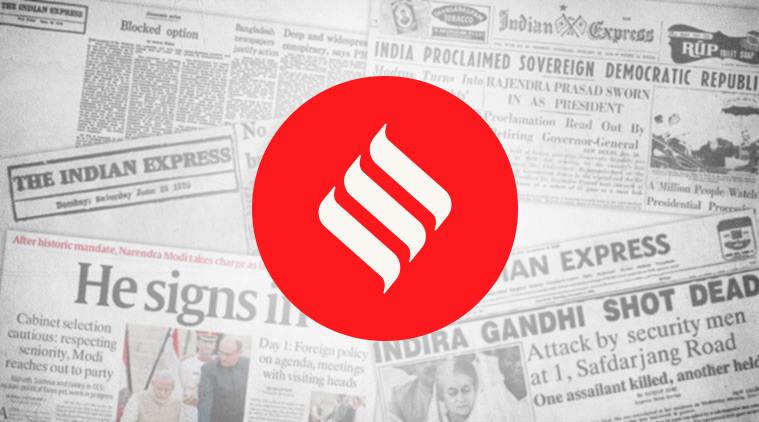 Since 1992, when women officers first entered the Army, they have played a significant role which has brought laurels for the organisation.
Since 1992, when women officers first entered the Army, they have played a significant role which has brought laurels for the organisation.
Monday’s decision by the apex court to bring women army officers at par with their male counterparts comes like a whiff of fresh air. After comments by Justice DY Chandrachud in the open court last week against government counsel opposing the move, the judgment was expected. Even so, it exhilaratingly went the whole hog in an unequivocal endorsement of the equality of women. The judgment was long awaited, as the first PIL was filed in 2003, followed by other suits in 2006 and 2008, and the Delhi High Court gave a judgment in favour of women officers in 2010. The government went to the Supreme Court and made all attempts to delay the judgment. So much so that even though no stay had been granted by the Supreme Court, the government did not implement the High Court order. The Supreme Court noted this fact in its ruling.
The significance of the SC judgment is two-fold. One, it is a complete endorsement of the equality of women in 21st century India, and against deeply embedded patriarchal mindsets and strong institutional biases. Two, even though the issue was not being directly considered by the bench, it chose to open command appointments to women officers in 10 streams where the Army has agreed they can serve as permanently commissioned officers. While the first will have a larger social impact as conservative mores and anti-women norms are being pushed across the country by forces of religious majoritarianism and in the name of “Indian” culture, the second will force real and substantive change in the Army. The Army will be compelled to change its rules not only for promotion to command appointments, it will also have to instill widespread changes in the pathways for the women officers to do training courses and hold appointments which have so far been the sole preserves of men.
The government had proposed a compromise which would have given limited benefits like pension to serving women officers with 14 years of service or more, and full parity from prospective effect for the younger officers. But the bench has brought in full parity for women. The Army has not yet responded to the judgement. But with the defence minister publicly welcoming the order, there is hope that even though his ministry opposed the case in the Supreme Court, there will be no further challenges to this progressive and far-reaching judgment. Since 1992, when women officers first entered the Army, they have played a significant role which has brought laurels for the organisation. As the court observed, “The time has come for a realisation that women officers in the Army are not adjuncts to a male-dominated establishment whose presence must be ‘tolerated’ within narrow confines”. Circa 2020, that time has truly come.